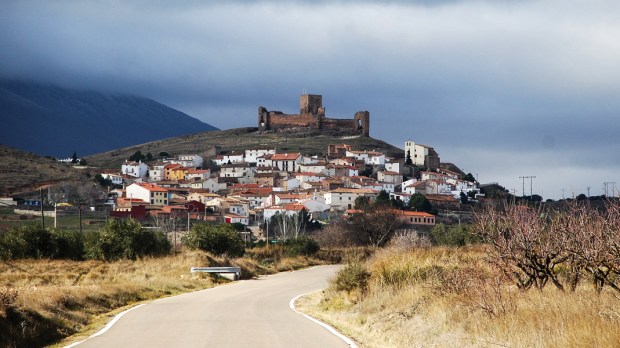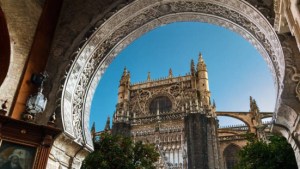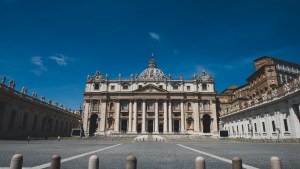These days, not that many people live in the aragonese village of Trasmoz. According to a relatively recent census, only around 100 people call it their home. Shocking as it might seem, this is not at all uncommon. Plenty of medieval towns all around Europe are partially abandoned, as younger generations move to bigger urban areas looking for better job opportunities —and significantly smaller apartments. But this is not the reason Trasmoz is no longer home to the 10,000 residents it had back in the 13th century.
Located in the province of Zaragoza, in the vicinities of the Cistercian Monastery of Veruela, the village was officially excommunicated when the castle of Trasmoz was accused of being a safe haven for witches and wizards.
Of course, the story is a bit more complex than that. Some historians explain that an intricate operation of counterfeiting was then being carried out in the castle. Those who were responsible for it, in order to keep the curious at bay, decided to forge these legends about witches by brewing potions at midnight, dragging chains around the castle and lighting fires in its towers. The whole scheme worked so well that, since then, Trasmoz has been practically synonymous with witchcraft.
Other sources also bring a complex political issue into stage. In the 13th century, Trasmoz was an important reservoir of silver (which explains the counterfeiting operation) and also had valuable resources of water and wood. It was secular territory, too. By royal decree, its lands were not property of the Church. The whole village was thus exempt from paying taxes to the nearby Monastery of Veruela.
Stories about witchcraft in the castle only exacerbated the already tense relationship between the monastery and the neighboring village. Eventually, the archbishop of Tarazona excommunicated the entire town. But far from settling the dispute for good, this only meant the tensions increased: the wealthy community of Trasmoz, comprised of Arabs, Jews, and Christians alike, didn’t repent. And to add insult to injury, the monastery began to use the town’s waters without paying for it right after the excommunication. Obviously, this did not please the Lord of Trasmoz, Pedro Manuel Ximenez de Urrea, who decided to take up arms against the monastery itself.
But before there was any bloodshed, Ferdinand II ended up supporting Trasmoz. This did not settle the question either. The King’s decision did not please the archbishop, who was not willing to accept defeat. With the support of Pope Julius II, Trasmoz was officially cursed: the archbishop recited Psalm 109 as a spiritual weapon against the village. The year was 1511. Since the curse had papal approval, only the pope can lift it. So far, no pope has.
By 1520, curiously, things were not going well in Trasmoz. The castle was burned down, and almost completely ruined. After the definitive expulsion of the Jews from Spain, the town went from having almost 10,000 inhabitants to only 70. Today, Trasmoz has no schools, no shops and there is only one bar-restaurant.But, of course, they do have their own witchcraft museum, set in the castle’s ruins.




